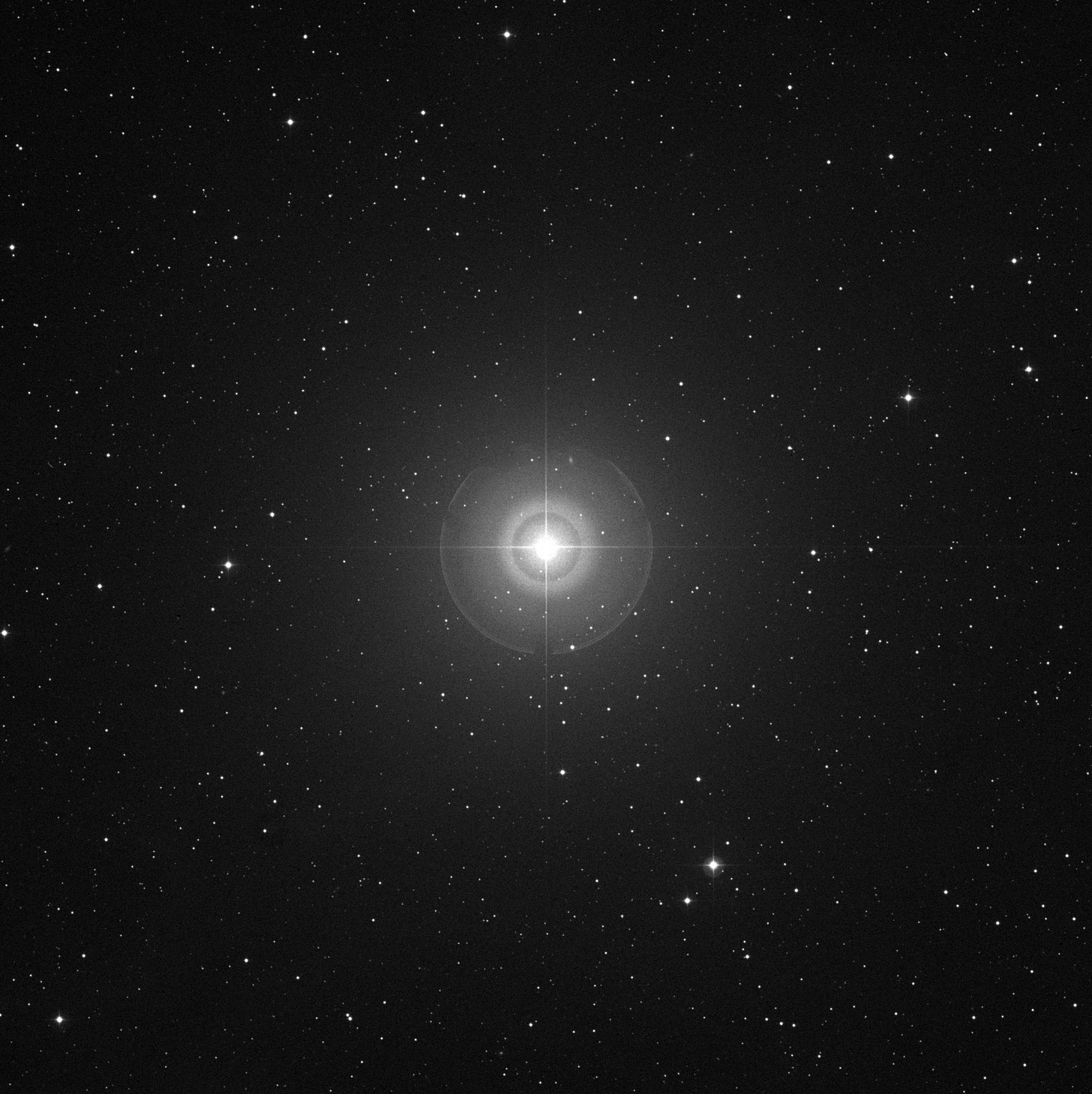December 2022, First….
Welcome to the second (and final) free preview issue of The Galactic Times InDepth Inbox Magazine. I hope you opened, read and enjoyed Space Tourism on Earth, in Issue 1. This article is on not only answering the question, What is Above Us? but discovering what we can learn by looking along several lines of sight—like drilling cores into space—mining the data coming from the Gaia mission. You can read this article, a PDF download for free, but I hope you click one of the links at the end of it, or in this email, and sign up for more. Why?
That next article, by the way, will be on Star Trek astronomy.
Enjoy your tour to the North Poles of the sky! All of them!
Dr. Larry Krumenaker
What IS Above Us? – Drilling Cosmic Cores with Gaia
by Dr. Larry Krumenaker

What has to be one of the hardest kinds of scientific exploration is drilling cores out of the ice and frozen grounds in the polar regions. There’s the cold and the constant noise of pounding those cylindrical tubes deeper into the Earth, hoping to not lose a drill bit, or damage the layers that haven’t seen the Sun’s light in millennia, or eons. After each one is filled with ancient matter, it is surfaced and quickly put into frozen storage so the valuable time capsule from thousands of years ago isn’t lost forever. Other cores, from other locations, add more to the story.
What if we could do the same thing by looking upwards, into the polar sky? Take a core of stellar information, a census in tubes in several spatial directions? What would we learn?
There are perhaps 100 billion stars in our galaxy, and visual observations take much time, effort, and money. Whole lives of astronomers have been given to the task of garnering data of the stars in the Milky Way. We know a lot.
A space mission named Gaia has in a few short years made all that came before seem like just a precursor. So what if we chose three common reference points, and used Gaia as our core drilling rig and see what our cores find for us? Let us venture to the three north celestial poles—the equatorial “Celestial” pole, the Ecliptic pole, and the Galactic pole—and dig down (or perhaps, upwards) from the ‘surface’ level—the Solar System–on outwards and discover what the cores reveal.
Starting at the Surface, What IS Above Us?
The child’s answer to “What is above us?” is the sky, and next, the stars. But from our earliest school years, and the earliest of prehistoric times, we learn that it is not so simple. The sky changes with the hours of the night, and the months of the year. Different stars are in view because of these changes…except for one star, at least for those of us who live in the Northern Hemisphere of planet Earth,
The colloquial wisdom, and the astronomy we often teach, especially at lower grade levels, is that Polaris is the North Star because “it doesn’t move.” It is constant. That’s actually wrong on at least three levels.

.
.
.
Following this excerpt are:
Details about Polaris—the star, its history, its name, and the fact that it is not truly ‘a constant star.’
Gaia—the mission, how it got its name, what the satellite is and how it works, how to search its massive database and get tons of information, and visualizations.
Drilling a Cosmic Core Sample to the North Celestial Pole—What star is REALLY the Pole Star? Maps and Photos. Census.
Looking at the 8 Ecliptic Poles of the Solar System, and a Core Sample to the North Ecliptic Pole
Looking Straight Up to the North Galactic Pole
What Do We Learn?—What does Gaia tell us about the disc of the Milky Way Near Us? About our own solar neighborhood? About those stars and other objects that are Pole Stars for us?
What Can We Do Next? —Exploring in other lines of sight.
Here is the 18-page story in PDF story for you to download, regardless of whether you subscribe….but I hope you do!
What Is Above Us? 1MB ∙ PDF File Download
I hope you enjoy(ed) this Issue #2 of InDepth!
Thanks for reading.